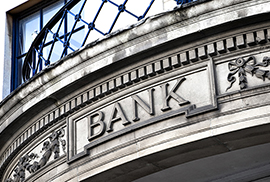This study examines the relative liquidity of Asset Backed Securities (ABS), Covered Bonds (CBs) and Corporate Bonds (Corps). The measure of liquidity that we employ is half the bid-ask spread divided by the mid-price. This equals half the round-trip cost of buying and selling the security per unit of value of the position as reflected in current market quotes.
We focus on Investment Grade (IG), GBP-denominated securities and senior ABS. We compare the liquidity of different categories of ABS, namely Simple Transparent and Standardised (STS) versus non-STS ABS. To compare the liquidity of any two categories of security, we compute the cost of an average transaction for all individual securities. For this, we utilise all the observations available on Bloomberg for the period March 2012 to June 2021. Transactions costs are defined as half the bidask spread, divided by the mid-price.
Key findings are as follows.
- Mean transactions costs are very similar for AAA and AA-rated ABS and CB. Mean transaction costs for Corps with equivalent ratings to those of ABS or CBs are somewhat higher.
- Looking at detailed comparisons based on quantile plots, up to 2016, AAA-rated CBs appear more liquid than ABS. From this point in time, however, ABS are more liquid.
- When all IG ABS are considered, ABS again appear more liquid than CBs post-2016. Although they do appear equivalent in liquidity around the time of the onset of the pandemic.
- Corps are clearly less liquid than CBs over the whole sample period of March 2012 to June 2021. Corps are more liquid than ABS in 2013 but, thereafter, ABS are more liquid.
- Comparisons of the liquidity of STS and non-STS are only possible from the end of 2019 when the required data became available. Differences are relatively small. The data suggest that the most liquid non-STS are more liquid than the most liquid STS ABS.
The study, commissioned by AFME, is available here.


